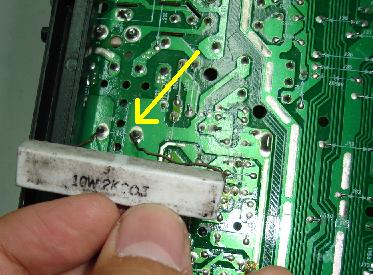Cause the capacitors don't keep power long enough to give you time to unscrew the four screws it takes to actually open it up and get your hands inside...
I've worked on enough of them to know...
I'll reply since this has been bumped to the top of the stack. What you're saying is only partially true. In most circuits, the + terminal of the capacitor is connected to the load. If that is not the case the cap just charges to full and stays that way. They can hold charge for quite a while, and it doesn't matter if you pull the plug, or shut off the switch, they'll nail you big time, if you're anyhow grounded when you touch the positive lead.
The lethality of any given electrical charge is determined by the amount of charge delivered. On dry skin with a poor ground it takes quite a charge to kill a person. delivered close to the heart and subcutaneously, it becomes a matter of microamps.
Capacitors don't sustain the delivery of the charge. However, when a human touches a live wire with continuously flowing current, there exists a "no let go" threshold, when the current causes the muscles themselves to contract involuntarily, and out of the their owner's control. These are the most often causes of electrocution, a sustained contact with continuously flowing electricity. Although, lightning kills quite a few people a year. It's a short term event, but with millions of watts seconds of charge, it's fast acting! (Citation required).
It's also the operational principle behind the defibrillator, which clamps the heart muscle solid, and hopes that the heart itself will resume normal sinus rhythm, after that event. Keep in mind, to deliver that charge, a conductive paste is applied to the chest, and the charge delivered to the chest can be as high as 360 watt seconds. That's why they yell "clear". Cause if you're touching the body, you're going down.
And that boys and girls, concludes our feel good, necro-bump, bedtime story for tonight Nighty, night.
